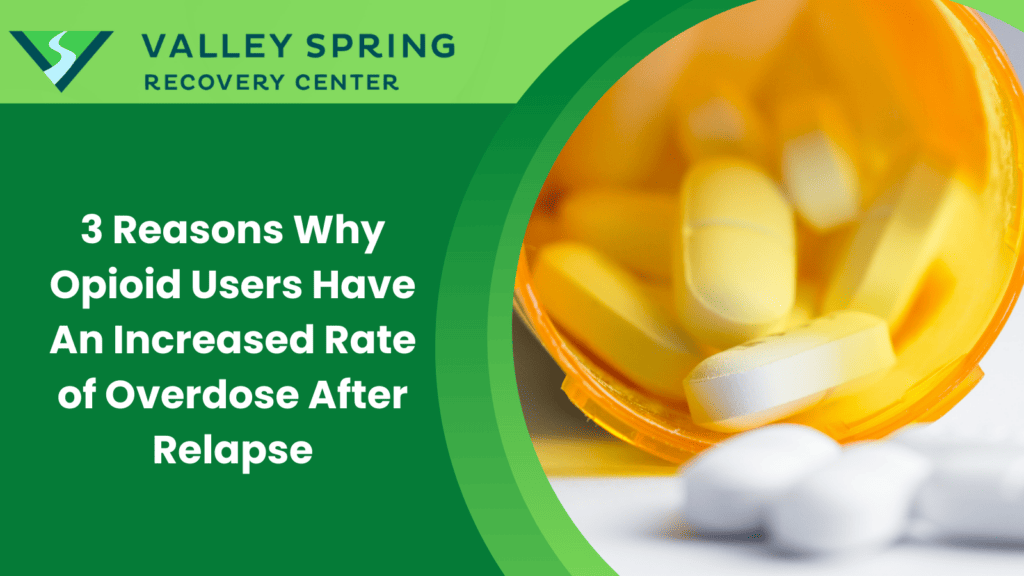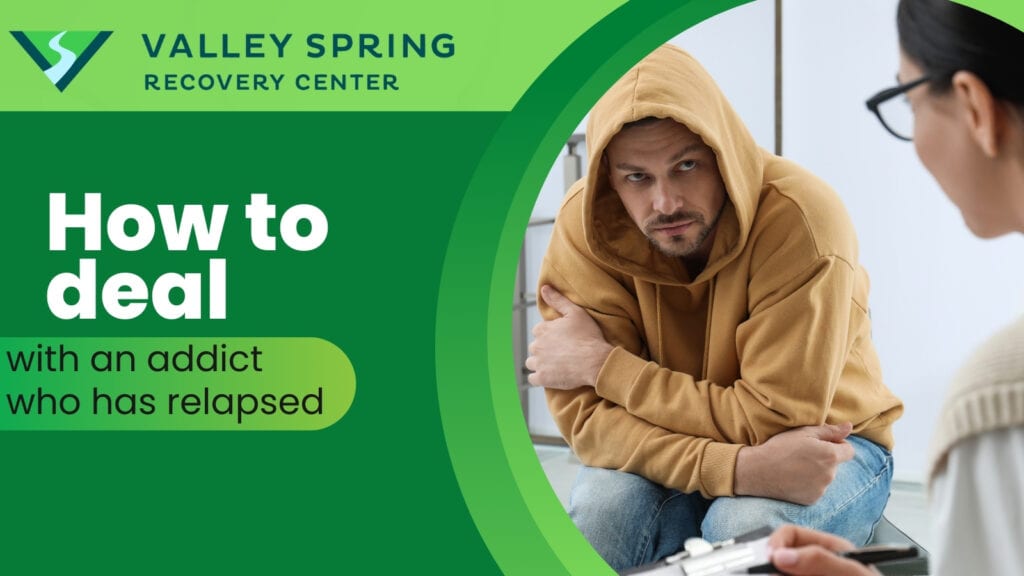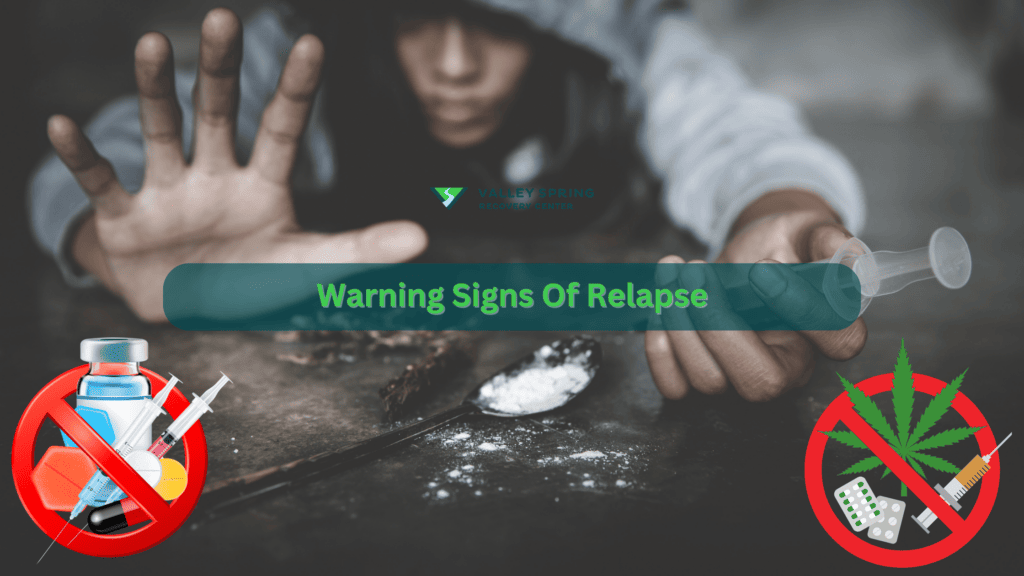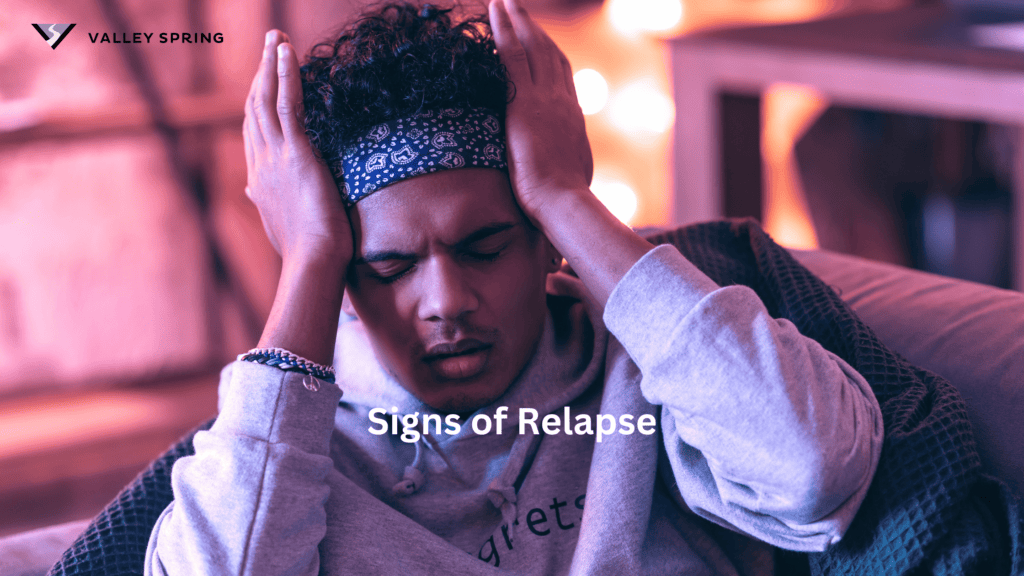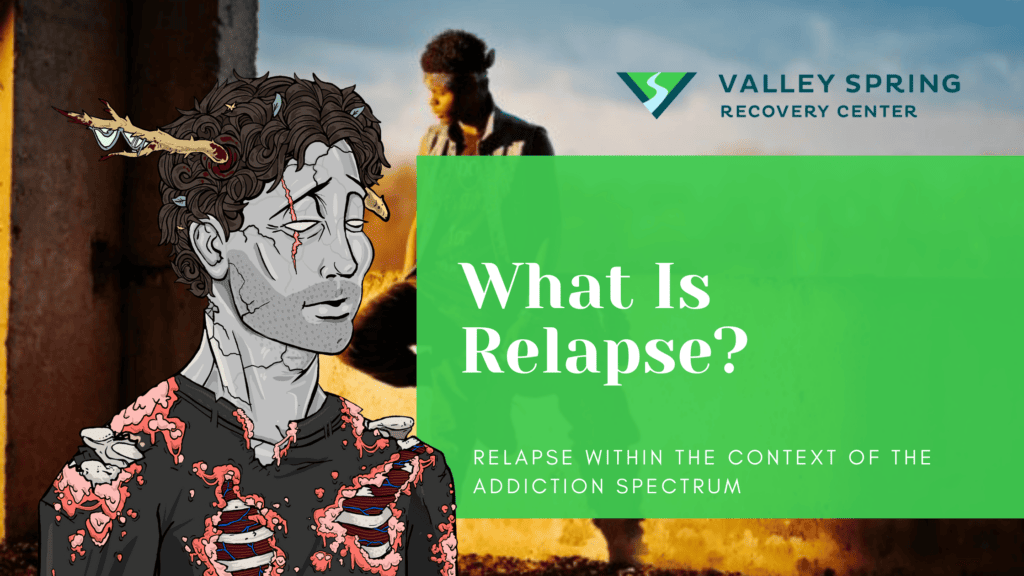Opioids are medications used to relieve pain. They include prescription drugs such as tramadol, hydrocodone, fentanyl, and oxycodone. Apart from prescription drugs, there are also illegal opioids such as heroin which have a very high overdose rate.
Relapsed opioid users have an increased rate of overdose due to decreased tolerance, high possibility of ingesting laced substances, and risky usage post-relapse.
What is Relapse?
Relapse is returning to substance use after a period of abstinence. Opioid users who relapse often face a unique challenge: overdosing. According to a 2003 study by Strang, J., et al, titled Loss of tolerance and overdose after inpatient opiate detoxification, opioid overdose after relapse is one of the most common problems during substance use recovery programs. Most of the time, overdosing occurs in the first few weeks during the recovery process or soon after former opioid users are released from incarceration or rehabilitation.
What are opioids?
Opioids are a class of drugs that have sedative, and analgesic effects when used according to physician prescription. The drugs also known as narcotics, or opiates, achieve these effects by targeting nerve cells in the brain, and the spinal cord called opioid receptors. These are receptors that block pain signals transmitted between the body, and the brain, and release dopamine, the pleasure neurotransmitter throughout the body. Opioids include prescription drugs such as morphine, fentanyl, hydrocodone, and codeine. They also include illicit drugs such as heroin.
When these drugs are used in the absence of pain, they set off the pleasure or reward processes. As a result, the pleasurable feelings produced by dopamine release motivate people to continue using them regularly. These characteristics are what make opiates addictive substances.
Why Do Opioid Users Have an Increased Rate of Overdose After Relapse?
Unlike other recovering addicts, opioid users face an increased risk of overdose after a period of abstinence followed by relapse. Understanding the reasons behind the risk of overdose is crucial for developing effective interventions and strategies to prevent overdose effects.
1. Decrease in Tolerance
Tolerance is the body’s ability to respond to the continued use of a substance. In simple words, it means the body gets used to the use of the drug. To get the same effect from the substance, the user needs a higher dose.
During a rehabilitation process or incarceration, the opioid user is off the drug. Therefore, their tolerance to the drug is reduced. Trouble usually starts when the opioid user who has been abstaining returns to their old habit of using the drug. Since the body had already developed decreased tolerance during the period of abstinence, it now runs the risk of overdosing.
According to a 2019 study by Arthur R. W, et al, titled Acute Care, Prescription Opioid Use, and Overdose Following Discontinuation of Long-Term Buprenorphine Treatment for Opioid Use Disorder, most opioid users treated with buprenorphine, a drug commonly prescribed for pain and treating opioid use, faced a high risk of an overdose within six months after ending treatment.
“The rate at which individuals relapsed and overdosed after ending treatment was alarmingly high, suggesting that discontinuing buprenorphine is a life-threatening event,” says Arthur Robin Williams, Assistant Professor of Clinical Psychiatry at Columbia University Division on Substance Use Disorders.
Overdosing happens because the former user seeking to return to the drug is not aware of their decreased tolerance. Therefore, they will return to using the same amount of opioids as they were accustomed to in the past to achieve the same effects. Ingesting the same amount as they used before abstinence and reduced tolerance is likely to result in an opioid overdose.
2. Laced And Mixed Drugs
The underworld opioid market has no regulations. Therefore, the substances on offer have varying degrees of potency and purity. This exposes relapsing users to opioids with unknown purity and potency, setting the stage for overdose.
According to the Centers for Disease Control and Prevention (CDC), fentanyl, a prescription opioid 50 times more potent than heroin, and 100 times more potent than morphine, is often crushed into powder, and mixed with other drugs such as heroin, cocaine, or methamphetamine by drug dealers. The now-reconstituted mix is made into pills resembling prescription fentanyl. Since opioid users have no way to assess the potency and quality of the substance they are ingesting, they unknowingly overdose on the illicit cocktail of the substances.
3. Risky Usage Post-Relapse
A relapsed opioid user is highly likely to engage in risky activities that they would not involved in during sobriety. There is a high possibility of using other addictive drugs, such as alcohol or cocaine, alongside the opioids, making a bad situation worse and increasing the chances of overdosing.
In addition, since opioid use impairs judgment and decision-making, the person is likely to engage in risky behaviors, including sharing needles with other substance users and participating in criminal activities such as robbery to get money for buying drugs.
Can family involvement in the recovery process reduce the risk of overdose after a relapse?
Family involvement in the recovery process is a critical strategy for minimizing the risk of overdosing after a relapse. Involving family members in the recovery process creates a massive social support system around the substance abuser. This enhances the possibility of successful recovery as family members monitor the progress of the person in their recovery journey and hold them accountable for their actions.
In addition, when family members are involved actively in rehabilitation programs, they easily identify triggers and manage them effectively before things get out of hand, which improves the success of the recovery process.
How do legal policies surrounding opioid prescription and use affect relapse and overdose rates?
Legal policies on opioid prescription and use play a major role in dealing with the problem of relapse and overdose by regulating who, when, and how many of these drugs are prescribed. These policies require physicians to do an intensive assessment of a patient’s history and pain levels before deciding whether to prescribe opioids. In addition, many jurisdictions have put in place Prescription drug monitoring programs (PDMPs).
These databases are essential in tracking patient’s opioid prescriptions. They also help in identifying potential cases of physician shopping, where patients consult multiple medical practitioners intending to get prescription drugs illicitly.
What role do community support programs play in preventing overdose among individuals who have relapsed?
Community support programs help in creating awareness of the risks of overdose. These programs educate people in the community on how to identify symptoms of overdose, and the emergency options available during such incidences.
The programs also provide peer support by involving people who have successfully undergone the rehabilitation process to guide those going through the program. In addition, community support programs help in reducing isolation, and stigma as well as assist the recovering users in reintegrating into society.
How does xylazine increase the rate of overdose?
Xylazine, a veterinary sedative, is increasingly mixed with opioids, exacerbating the overdose crisis. Available online from China for $6 per kilo, its addition to opioids like heroin and fentanyl creates a potent cocktail that significantly depresses the central nervous system and respiratory function, heightening the overdose risk. The DEA highlights its easy accessibility and rising threat, while CDC data points to a surge in overdose deaths involving xylazine—107,081 in 2022 alone. Particularly in relapsed opioid users, the combination of xylazine and opioids intensifies their depressive effects on the respiratory system, leading to an alarming increase in fatal overdoses. In 2019, xylazine was detected in 31% of heroin and or fentanyl overdose deaths in Philadelphia, underscoring its lethal impact when used illicitly with other drugs.
Mixing xylazine with opioids is especially risky for relapsed opioid users as both drugs work together to increase the possibility of an overdose. In addition, the two drugs cause severe respiratory problems as their depressive effects are enhanced.
An opioid user unfamiliar with Xylazine, a recent additive to black-market opioids, faces a heightened overdose risk due to a lack of tolerance to the substance.
How does Fentanyl Increase the rate of overdose?
Fentanyl has many properties that increase its risk of overdose including its potency, and quick onset of action. Fentanyl’s potency makes it a favorite in the illicit market as it is possible to transport small doses of the drug without arousing the suspicion of authorities. Since it is a highly powerful drug, using it illicitly means that a person is not sure how much they should be using. In addition, since illicit dealers often mix it with other drugs, the user is not aware of the strength of the substance they are ingesting leading to overdose.
The quick onset of action of the drug also poses a risk for relapsed opioid users as fentanyl rapidly crosses the blood-brain barrier which magnifies its effect. Since the user’s tolerance is already reduced due to their abstinence period, the person who is most likely unaware of the fentanyl presence in the opioid they are taking may not have the time to respond to its strength leading to overdose.
How is an opioid overdose treated?
Opioid overdose is a medical emergency that requires prompt intervention. Treatment typically involves administering naloxone, an opioid antagonist medication that rapidly reverses the effects of opioids. Naloxone can be administered via intramuscular injection, intranasal spray, or auto-injector devices. Additionally, supportive care such as cardiopulmonary resuscitation (CPR) and monitoring vital signs may be necessary until medical help arrives to overcome a drug overdose.
What are the common signs and symptoms of an opioid overdose?
- Unresponsiveness or inability to awaken the individual.
- Slow or shallow breathing, or no breathing at all.
- Blue or grayish skin color, particularly around the lips or fingertips.
- Pinpoint pupils.
- Weak pulse or no pulse at all.
- Limp body.
How can I prevent opioid relapse overdose?
Preventing opioid relapse overdose requires a combination of strategies, including:
- Seeking treatment for opioid addiction through medication-assisted treatment (MAT) and counseling.
- Avoiding triggers and high-risk situations associated with opioid use.
- Developing healthy coping mechanisms and stress management techniques.
- Utilizing harm reduction practices such as never using opioids alone, carrying naloxone, and knowing the signs of overdose.
- Building a strong support network of family, friends, and healthcare providers.
- Engaging in ongoing recovery maintenance activities such as attending support group meetings and regular check-ups with healthcare professionals.
What are the early signs of relapse?
Signs of relapse include isolation, neglecting recovery activities, return of denial, mood swings, increased stress, changes in behavior or routines, romanticizing past drug use, and engaging with old substance-using friends or environments. Recognizing these early signs of relapse can prevent a full relapse.
Valley Spring Editorial Team
All author postsShare This Post

